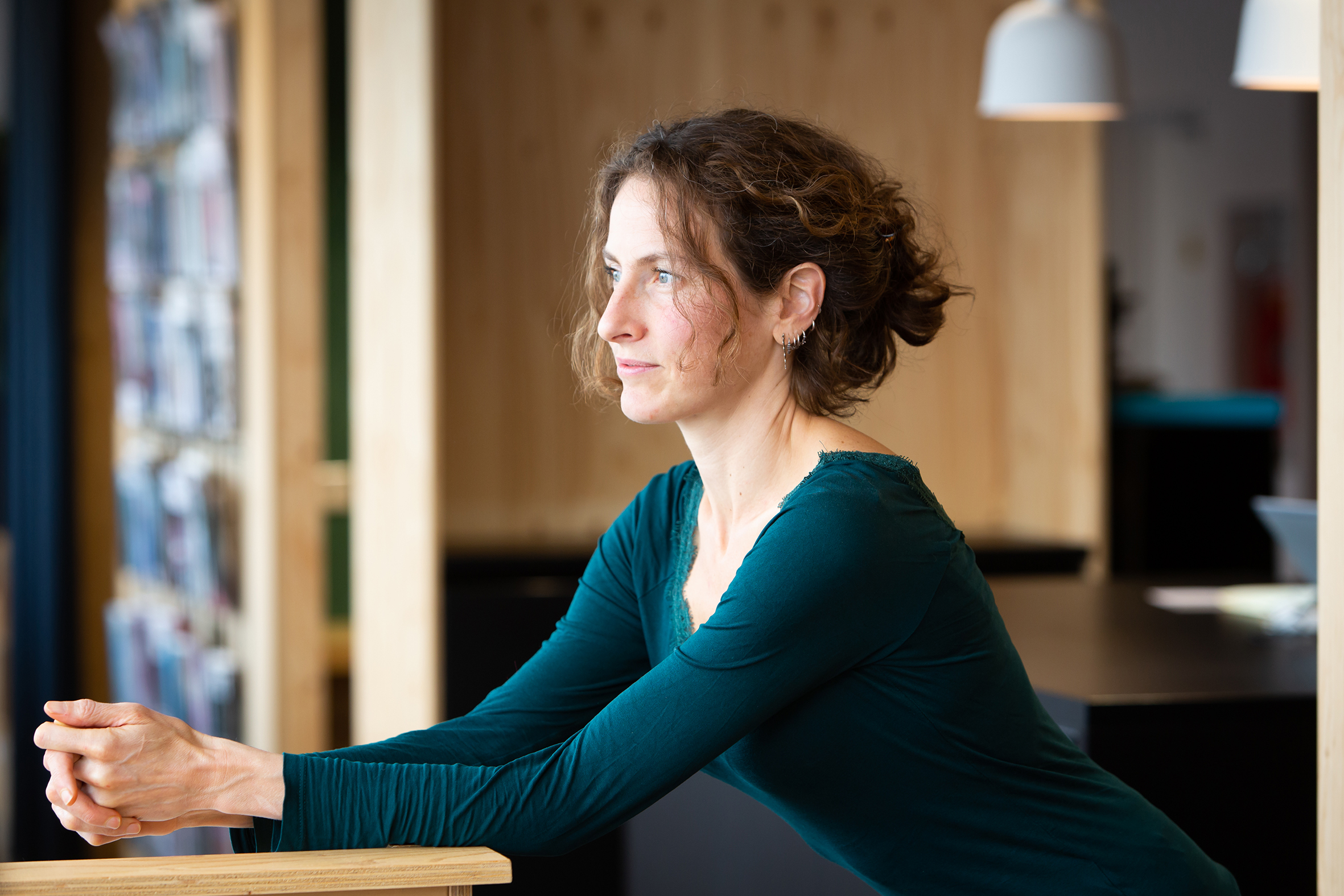Working together to combat loneliness through arts and culture
The arts offer people all kinds of opportunities to share their personal stories with others. By drawing, painting, singing or dancing, for example, you can often find ways to express vulnerable feelings that you may not be able to put into words. In many cases, this can lead to recognition and acknowledgement, sometimes in unexpected ways and especially in those aspects of life where people felt most alone.
Opening the conversation
Responding to the arts – whether it involves looking at paintings or watching a performance – can also be a way to lift the taboo. Especially if, for example after a theatre show on a certain theme, you facilitate a conversation that invites people to exchange their experiences.
Annemarie van der Reijden, project manager at a cultural organisation in Sneek, discovered this when she worked on a theatre project with asylum seekers. She explains, ‘The performance turned out to be a bridge that helped other people to open up and speak from their hearts about their own loneliness.’
Art connects
People who participate in cultural activities experience greater joy, engagement and appreciation, according to findings by the World Health Organisation (WHO) and a number of scientific studies. This should not come as a surprise, when you consider that cultural activities focus on opportunities. They are all about discovering, following and/or sharing your passion. This makes you feel positive and energised. It amplifies your zest for life and sparks a connection with others.
Many of these activities also work towards a presentation, offering new perspectives and something to look forward to. Art speaks the language of our emotions, which is why it often leads directly to contact of a more personal nature. Before you know it, you are having a genuine encounter in a brief conversation with someone you have only just met. Art connects, and loneliness can be healed by connection.
Working together to combat loneliness
Loneliness is a complex and multi-layered social problem, not least because the groups most affected are diverse in nature. There is no single effective approach and the various parties involved need each other to come up with solutions and shape innovative ideas. Sometimes loneliness has a clearly identifiable cause but far more often it is a combination of several factors. As a professional, how do you go about dealing with all these different people and situations?
Professionals in the cultural, care and welfare sectors and those who work in a municipal setting, can complement each other through their knowledge, their experiences and what they have to offer. Together, they can create meaningful opportunities in response to specific situations and needs. By taking a collaborative approach, they also increase the chances of detecting loneliness at an early stage. But working together is not only promising; it also poses challenges that arise from differences in all kinds of areas, from objectives to policies and organisational structures.
Handy conversation tool
If you have Dutch-speaking colleagues, you can bring the following tools to their attention.
For parties wishing to join forces to combat loneliness, LKCA has developed a handy visual storytelling sheet with a conversation canvas. The sheet offers an overview of the effects of the arts and culture. It includes a conversation canvas with questions you can use to give shape and structure to your collaboration.
The concepts on the sheet are often subjective. They challenge you to come up with your own interpretations and adapt them to your own context, taking into consideration elements such as target groups, organisational structures and the physical environment. The conversation canvas can provide a framework for this process. It encourages you to clarify what you want to achieve and how you intend to go about it, and to discuss these matters with professionals from other fields.
You can download the visual storytelling sheet and the conversation canvas free of charge from the online knowledge file on culture and loneliness. The file also contains more information and a detailed explanation of the effects, in addition to several good examples of cultural projects to combat loneliness.

Reageer (je reactie verschijnt na goedkeuring, vanwege spam)